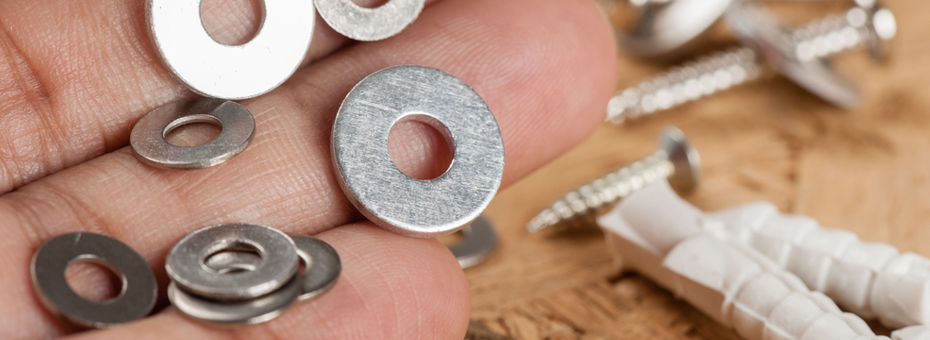LEI asked the Lean Community: What are you doing to make things better? Below is the first of many great replies. Stay tuned to the Article over the next few weeks and months and see more of what the lean community is doing to make things better.
I had only been the Manufacturing Manager of an automotive-component supplier in Indiana for a few months when a problem with one of our parts was reported. Extra washers were being inserted in the assembly process due to oils and fluids causing them to stick together.
Engineering determined the problem was due to the equipment, but the second-shift (night) supervisor wasn’t so sure. She thought the problem could be in the process and the settings. She asked me if she could form a team to work on the problem. I immediately said yes.
Engineering came up with a proposal to install brand-new, custom-built machinery designed in-house and then contracted out for building. It would install each washer individually, ensuring that no extras would be added. For a little over $50,000 they could solve the problem.
They probably expected me to agree on the spot – however my reaction was more along the lines of, “And where do you think we’ll get that kind of money? And even if we did – are you 110% sure this will solve the problem?”
But the problem needed to be fixed, so I went and asked the night supervisor how her team was doing one more time. She said they had a delay, which of course made me nervous. But it turned out they had been working on the problem using all the lean tools they knew of, and now they needed copy paper to print out their report. That was their delay! I gave the supervisor a ream of paper and told her to let me know if they needed anything additional. They had been using their personal “office supplies” to work out the report.
About a week later they produced their alternative answer, a product of basic 5 Whys and gemba walks and poka-yoke. They added one basic step to the assembly process – a simple metal gauge with an opening the thickness of one single washer. The washers passed through the gauge on their way to the assembly line so that a double washer could easily be detected. The night team also asked the supplier of the parts to allow more drying time after lubricating the washers before packing them. Simple, simple.
Their report conclusions solved the problem, improved quality and only cost a few hundred dollars. Quite a difference from Engineering’s $50,000! The success of this team – plus the recognition they received (the president of the company came to the plant to congratulate them) – improved the participation in teams and helped stimulate interest in learning lean tools.
Many benefits from one small team that thought they could find a better way than Engineering.
Have you noticed a tendency at your company to automatically take Engineering’s advice? If you have, it’s time to do something about it. Never forget the power of the Ohno Circle – we in manufacturing need to watch what is really happening on the shop floor.





